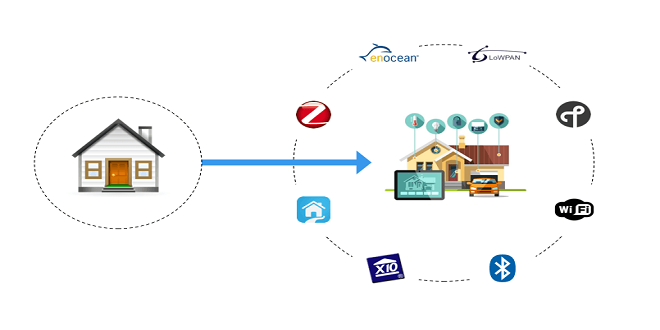Solar Power’s Surge and the Need for Effective Inspection

Solar power is experiencing unprecedented growth as nations worldwide transition to sustainable energy sources. According to recent reports from the International Energy Agency (IEA), solar energy is set to drive a global surge in renewable energy, with costs falling below retail electricity prices in many countries. The IEA predicts that solar power prices will drop by over a third by 2024, and global solar power capacity is expected to increase by 600 GW by 2025, nearly doubling Japan’s current electricity capacity. This rapid expansion in the solar market underscores the growing demand for efficient inspection and maintenance services.
Photovoltaics and Solar Panels
Photovoltaics (PV) are solar panels that convert sunlight into electricity. Each panel is composed of solar modules, which in turn consist of solar cells that generate electricity. Solar PV systems can be mounted on roofs or on the ground, either in fixed positions or on solar trackers that follow the sun’s movement to maximize energy capture.
To ensure optimal energy production, every component of a solar PV system must function correctly. Regular inspections are essential to maintain efficiency and identify any issues that may arise.
How Solar Inspections Work
Solar panel inspections can be conducted manually by maintenance crews or through automated systems. Here’s a detailed look at the manual inspection process:
Manual Inspection by Maintenance Crews
Inspecting an industrial solar farm manually is a labor-intensive process, especially for large installations. Crews must carefully examine each panel for signs of wear, damage, or debris. This process can take several days to complete, depending on the size of the solar farm. For rooftop panels, space constraints can make it challenging to gather close-up information from above, and scanning panels from an angle while walking around the perimeter may not reveal all anomalies.
Manual Inspection Techniques
Visual Inspection: Maintenance crews visually inspect panels for obvious issues like cracks, dirt, and shading from nearby objects. This method is straightforward but may miss less visible defects.
Thermal Imaging: Technicians use handheld thermal cameras to identify hot spots that indicate malfunctioning cells or connections. These cameras help detect problems that are not visible to the naked eye.
Electrical Testing: Crews perform tests such as IV curve tracing to measure the electrical performance of the panels and identify underperforming units.
Cleaning and Debris Removal: Regular cleaning is necessary to remove dirt, bird droppings, and other debris that can reduce panel efficiency. Maintenance teams use various tools and methods, including water sprays and soft brushes, to clean the panels without causing damage.
Benefits and Challenges of Manual Inspections
Manual inspections allow for thorough, hands-on examination and immediate intervention. However, they are time-consuming, labor-intensive, and may not cover all areas effectively, especially in large installations. Additionally, manual inspections are dependent on the skill and experience of the maintenance crews, which can lead to variability in inspection quality.
Optimizing Solar Panel Inspections
To optimize the inspection process and ensure the reliability and efficiency of solar PV systems, consider the following tips:
Conduct Regular Inspections
Scheduled inspections, ideally bi-annually, can help detect and address issues before they escalate. Regular maintenance ensures panels are clean and free of debris, which maximizes their efficiency.
Use Advanced Tools and Techniques
Employing tools like handheld thermal cameras and IV curve tracers can enhance the accuracy of inspections. These tools help detect issues that are not visible to the naked eye and provide detailed information on the electrical performance of the panels.
Train and Equip Maintenance Crews
Proper training and equipping of maintenance crews with the right tools and knowledge are crucial for effective inspections. Regular training sessions can keep the crews updated on the latest inspection techniques and technologies.
Timing of Inspections
Conduct inspections on sunny days to distinguish between functional and defective components. Malfunctioning modules typically heat up due to their inability to convert solar energy into electricity efficiently, which can be detected using thermal imaging.
By following these guidelines, solar panel inspections can be thorough and accurate, ensuring the efficiency and longevity of solar power systems. This approach supports the continued growth and sustainability of solar energy as a key component of the global energy mix.
This post was written by a professional at EHS. Efficient Home Services of St. Petersburg FL is a solar energy company offering a variety of services. At Efficient Home Services of Florida, our mission is to save you money on your solar panel inspection in Florida. No other home energy company serving Florida offers the range of cost-saving solutions that we do. Whereas other businesses might focus on one component of a home’s energy use, such as solar panel installation or HVAC unit installation, EHS provides services across the spectrum to address every aspect of your home’s energy inefficiencies. We are a team of knowledgeable professionals who banded together to give homeowners what other companies promised but could not deliver – real relief from high electric bills.





